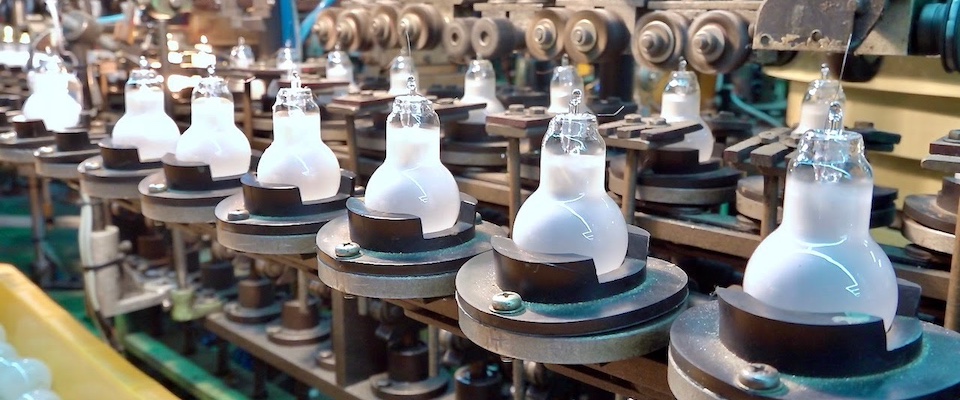It was my pleasure to review Brian Potter’s The Origins of Efficiency for American Compass’s Commonplace.
One of the most moving victories of re-engineering that Potter describes is the production of penicillin on an industrial scale. The mold first discovered by Alexander Fleming was finicky, and the lifesaving antibiotic it produced was hard to isolate. As Potter recounts, it took a year to produce enough penicillin for the first human trial of the drug—a single policeman sick with a staph infection. The doctors had enough to give him a miraculous yet temporary recovery, but not enough to fully quash the infection. Desperate, they purified penicillin he excreted in urine and gave it to him again so that not a drop was wasted. Yet it wasn’t enough and the policeman died.
Repeated refinements gave us the present day’s abundance. The bacteria grew better thanks to an improved medium, but still only on the surface of the liquid. To get past this bottleneck, scientists scoured any mold they could find for a strain that produced penicillin while suspended—allowing the drug to scale in three dimensions. As Potter summarizes, the United States went from not having enough antibiotics for a single man in 1941 to producing enough for the entire Allied Armed Forces in 1943.
When a product is completely new, like penicillin, there aren’t entrenched interests who want to protect the old way of doing things. Speeding up penicillin production was pure gain, with no jobs lost and many created. But, as Potter’s examples show, the line between streamlining an old product and inventing a new one is blurry. Making a product efficiently often requires making it into something new.
